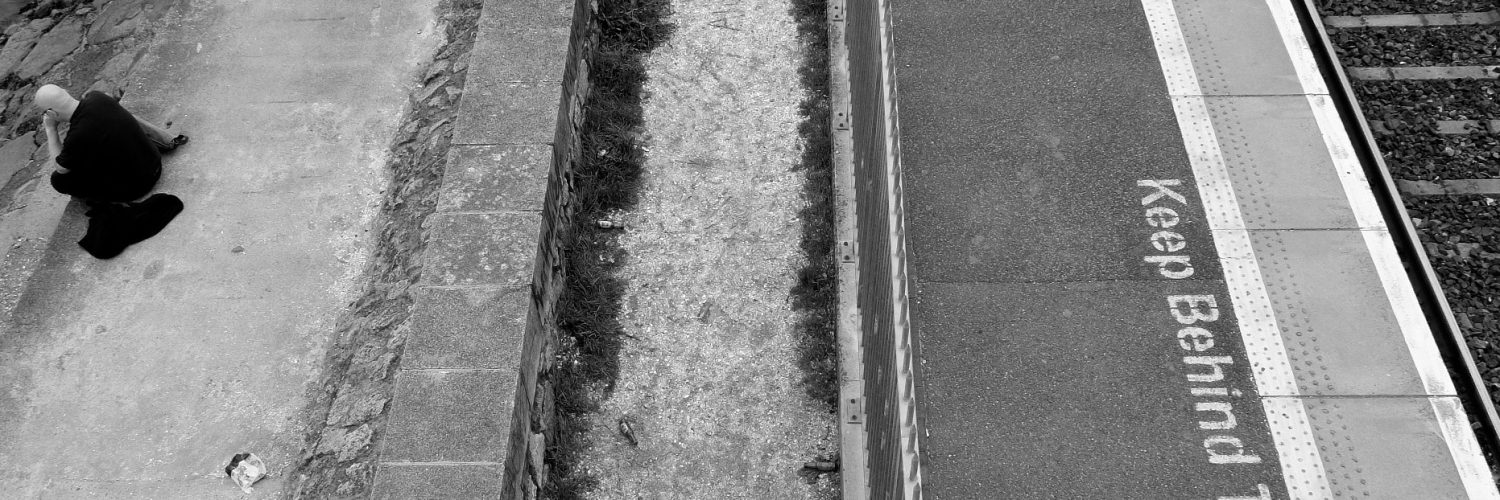Mixed Realities, Mundos Virtuais e Transarquitetura
Tenho trabalhado com a hipótese de que a relação híbrida entre o espaço eletrônico, o espaço físico das cidades e a mobilidade informacional têm criado “territórios informacionais” (daí o interesse por mídias de função pós-massiva, locative media – mapping, geolocalização, street games, smart mobs, etc). Esses territórios estão em expansão hoje com sistemas de “realidade aumentada”, fusão de espaço e instituições concretas com os mundos virtuais como Second Life, em formas de arquitetura fluida e informacional. Mostrando a importância do tema, vários eventos estão discutindo essa questão. Em 2008 acreditamos que essas questões se tornarão ainda mais importantes. Vejamos algumas pistas:
O evento “Mixed Reality” discute os territórios informacionais em exposição e simpósio em uma galeria em Boston e também no Second Life. Via Networked_Performance:

“Mixed Realities is an exhibition and symposium that explores the convergence—through cyberspace—of real and synthetic places made possible by computers and networks. Mixed Realities links and overlays the Huret & Spector Gallery (Boston), Turbulence.org, and Ars Virtua (Second Life). Second Life is a shared, synthetic, 3-D environment through which people can interact in real-time by means of a virtual self or avatar. Although it’s an imaginary place, it is often able to “masquerade as real” (Richard Bartle) because it approximates reality persuasively enough to facilitate player immersion. Audience members – who will be embodied as avatars in Second Life, browsing the works at http://turbulence.org, and/or be physically present in the gallery – will interact with the works and with one another. Thus, Mixed Realities will enable people who are distributed across multiple physical and virtual spaces to communicate with one another and share experiences in real time.”
Na mesma “vibe”, temos o “Digital Networks and Physical Space”, no Medialab Prado, na Espanha, discutindo a fusão do ciberespaço e dos espaço físico criando territórios informacionais:
“The purpose of this open participation meeting is to explore the relationship between digital networks and physical space in the context of the increasingly widespread use of portable technology and Web applications in connection with the production and management of geographic information.”

Em desenvolvimento estão os mundos virtuais (como o Second Life) que fundem jogo e vida real. Eles vão se radicalizar e diversificar em 2008, é o que mostra o post do Digital Urban. Novos sistemas estão sendo criados como o AWOMO e o House da Playstation. A aposta para 2008 é o Mundo Virtual do Google que deverá, como sempre, fazer muito barulho. Vejam imagens e trechos do post:
“Second Life broke into the main stream during 2007 and perhaps more than any virtual world to date illustrated how digital environments can be used for visualisation and communication in the sciences. (…)
A World of My Own (AWOMO), currently in beta, is indicative of the increasing number of systems that are looking to get into the Second Life model. Interestingly the system is aimed at developing a communication space and distribution network for gamers.

Sony’s ‘Home’ is similar in concept to AWMO but via the Playstation 3, a notable move to bringing virtual worlds into the home.(…)
More speculative predictions are the launch of Google’s own Virtual World system, something that wouldn’t surprise us at all. Google Earth is being rapidly out manoeuvred by Microsoft’s Virtual Earth and a populated earth is without question the next big thing. We would love to tell you more about the ‘Populated Earth’ but sadly we aren’t allowed to yet :)
The number of virtual environments is growing at an ever increasing pace, we believe 2008 will be the year of Virtual Worlds entering into main stream science and that can only be a good thing for outreach, education and visualisation.”
Interessante também, no que se refere a territórios informacionais, é o blog “transArchitectural Topography“, de Michael Ditullio, mostrando, pelo lado da arquitetura e do design, o interesse em se pensar e reconhecer esses territórios. Vejam trechos da descrição do conceito:

“I will define transArchitectural Topography as the substrata or virtual/physical topography which underlie all connected virtual and physical spaces. transArchitectural Topography encompasses a physical location, virtual location(s), and any infrastructure that connects the two. Specifically, the transArchitectural Topography extends from a single physical space, into a single virtual space uniting the two. As Marcos Novak describes the idea of transArchitecture, he speaks about both a visible and invisible element to it. The invisible is referred to as the underlying structural system or infrastructural system which supports the architecture in either case. Novak sees this architecture as one which exists across spatial conditions.(…)
As the physical structure approaches the virtual it will begin to represent all possible spatial iterations contained within it.”
